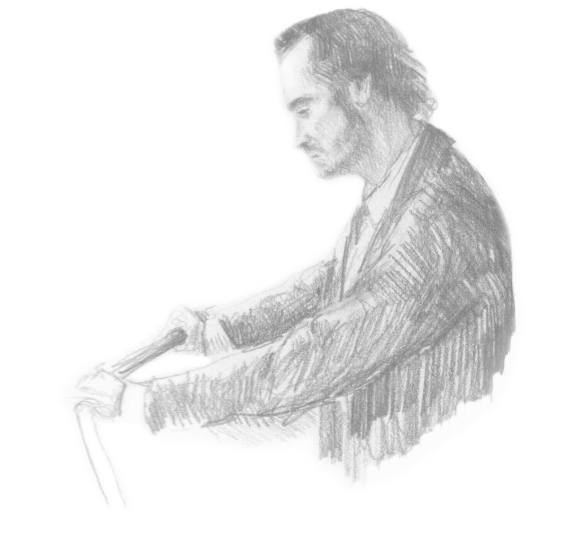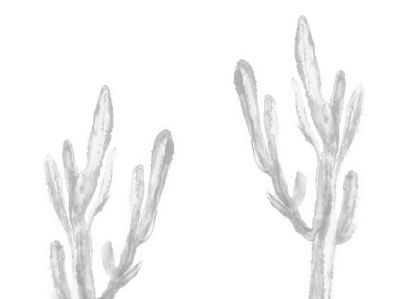
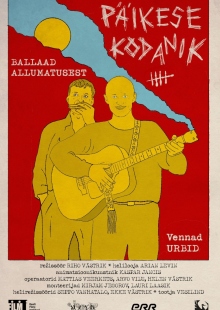
Citizen of Sun
documentary
Duration 2h 0m
Country Eesti
Director Riho Västrik
Language estonian
Subtitle Language inglise
Levitaja Vesilind OÜ

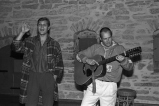
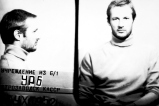


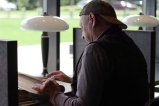
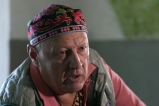

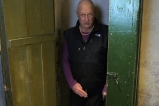
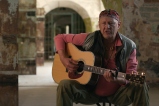
The brothers Tarmo and Toomas Urb are musicians whose phenomenon in 1980s Estonia is difficult to overestimate. Performing romantic ballads accompanied by guitar, they were able to bring a full house to any concert hall. Some songs such as “Imeline laas” or “Musta pori näkku” have become “folklore.” The brothers were compared to the duo Simon & Garfunkel.
Tarmo understood that his talent could not be fully realized in the Soviet Union and decided to find a way to leave. However, it was not customary to leave the Soviet Union, the mere desire to do so was considered a betrayal of t...Show more
The brothers Tarmo and Toomas Urb are musicians whose phenomenon in 1980s Estonia is difficult to overestimate. Performing romantic ballads accompanied by guitar, they were able to bring a full house to any concert hall. Some songs such as “Imeline laas” or “Musta pori näkku” have become “folklore.” The brothers were compared to the duo Simon & Garfunkel.
Tarmo understood that his talent could not be fully realized in the Soviet Union and decided to find a way to leave. However, it was not customary to leave the Soviet Union, the mere desire to do so was considered a betrayal of the homeland. After Urb, who had married an Italian woman, was not allowed to move to Italy for two years, he developed a defiance and an obsession with getting away at all costs.
To an outsider, his activities seem quixotic. He did not bother to conspire significantly. The result was arrests, two imprisonments in Patarei, being declared a schizophrenic and forced treatment in a psychiatric clinic. To the authorities, he was like “a festering abscess on a flawless Soviet body, who behaved as if he had not lived in the Soviet Union.”
The contempt of the militia and the KGB was deepened by the fact that Tarmo was always surrounded by girls who were ready to devote themselves to him, feed him, cover him and save him. Tarmo took the attention and care of women for granted.
In prison and in forced treatment, Tarmo intensively engaged in various Eastern philosophies and “received confirmation from the spirits that his mission was to heal, to help people.” This concept also did not fit into the Soviet scientific-materialist worldview.
With the help of influential friends, Tarmo finally managed to get out of the madhouse in 1987 and officially start working at the Philharmonic. Perestroika had already progressed to such an extent that the “schizophrenic potential traitor” and his brother were given a permit to travel to Finland a year later to record. They did not intend to return to their homeland. With the help of the Finnish writer Harri Sirola, the brothers traveled to Sweden and only returned when Estonia was liberated. When Sirola’s LADA rolled ashore in the port of Stockholm, the song Citizen of Sun was born in Tarmo’s head, which is also borrowed as the title of this documentary.
The documentary “Citizen of Sun” reveals the crushing nature of the Soviet Union and the functioning of repressive organs through many testimonies and documents. The KGB was the flagship for the harassment of dissidents, but the system also forced other professions and institutions to participate in the persecution. Few went into public confrontation with them. Tarmo Urb went because defiance was strong and chi was raging. The film zooms in on Tarmo Urb’s case, but his brother Toomas, with whom they lived in complete symbiosis for decades, is also an integral part of it.
Screenings
No screenings at the moment
